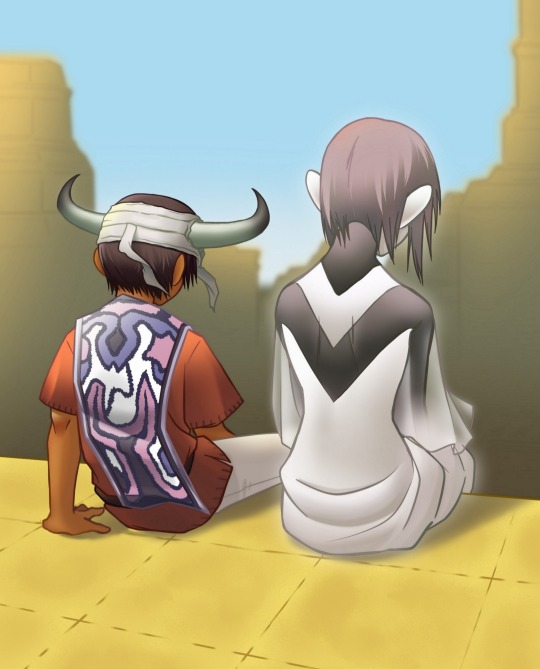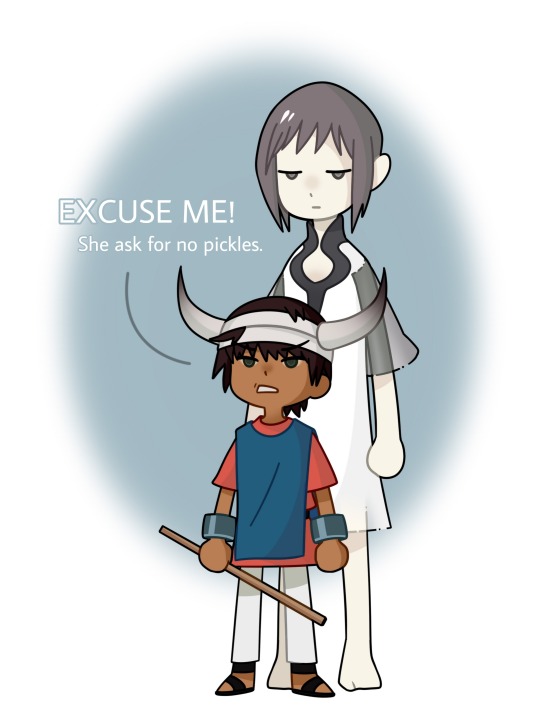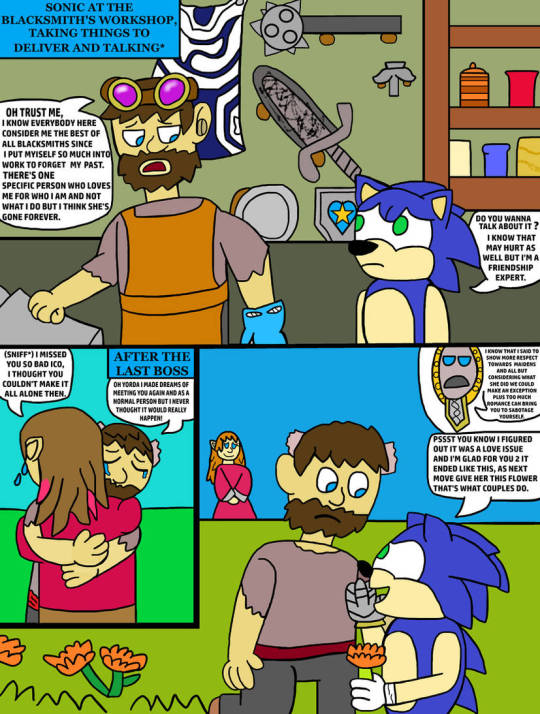#ico yorda
Explore tagged Tumblr posts
Text

birthday drawing for @resoyani <3
#ico#ico game#ico yorda#ico ico#<- lolll#team ico#art#fanart#myart#digital art#tagging stuff from this game is always a struggle. i feel like sisyphus
59 notes
·
View notes
Text
You were there...

#ICO#team ico#ico game#ico art#ps2#ps2 games#playstation#retro gaming#fumito ueda#castle in the mist#yorda#ico yorda#background#art#fanart#colored#artists on tumblr#video games#game art#digital art#wanted to draw them for a very long while
69 notes
·
View notes
Text
another ico edit :-)
posting it here will post on tiktok later
17 notes
·
View notes
Text

The 3 masterpieces of Team ico's world sign in Kingdom hearts!
#drawing#drawings#digitalart#drawingart#nature#darkness#dark matter#clouds#ico#ps2#ps2 nostalgia#sotc#shadow of the colossus#the last guardian#fantasy#turquoise#horns#labyrinth#mythological#master of the valley#dormin#ico queen#ico yorda#medieval#ruins#magic#magical tech#aura#walls#open world
13 notes
·
View notes
Text

You were there.
12 notes
·
View notes
Photo
When i first saw this, i thought: "human skullkid reminds me of ico lol" and i dunno why











Part 143 of “A Tale of Two Rulers” (Jan- 9th- 2018)
★ Previous Page ★ Next Page ★
Thanks so much to all my amazing supporters on Patreon that help make this fan-comic happen! ♥ (If is wasn’t for you it would be a lot harder for me to have time to work on this and keep up with the bills so I’m super grateful)
If you would like to help out as well the link is here and, again, thanks so much! :)
—★Archive below ★—
Read the comic from the start on one continuous page Here (*if you’re on a computer. It doesn’t seem to work on mobile)
or
Skip right to the page you want at the Archive! Here
#ICO#ps2 games#playstation#a tale of two rulers#playstation 2#ico yorda#yorda#i love them so much#skullkid's a cutie#cutie pie#legend of zelda#skull kid#link#linkle#???
6K notes
·
View notes
Text


I keep forgetting Ico's shacklesss (ig my subconscious just wants him to be free, I understand)
221 notes
·
View notes
Text

Ico (2001)
Artist: Fumito Ueda
561 notes
·
View notes
Text

41 notes
·
View notes
Text
I rarely post any practise sketches before the finished piece, but i think i'll try to do that somewhat more often
Here's Ico and Yorda for now

#ICO#team ico#yorda#ico yorda#castle in the mist#fumito ueda#sketches#sketch#practice#art#fanart#bw#black and white#lineart
33 notes
·
View notes
Text
oh how I love ico so much (edit made by me ☺️)
6 notes
·
View notes
Text



Another interpretation of mine on what really happened in Sonic & the black knight:
Instead of being clones of his friends, the characters and probably all the other inhabitants of that world are sosias (to who knows multiverse subject, varians) of the humans from Sonic X which I recognize it's pretty hated now and yes even I who enjoyed it in my childhood now see it more cringe considering the childish behaviour of all humans and the fact we don't see the rest of mobius in all series.
the blacksmith and Merlina were actually Ico & Yorda from the 1st game of a trilogy that was actually the end of the story.
Yorda has been corrupted by darkness due to her sorrow which I think I could relate to not seeing a friend or someone you love for a long time and she using 2 swords plus having a snake tail makes me think about the swashbucklers from Skylanders imaginators and so I could speculate her true identity isn't only the ethereal Yorda but also Aurora the light sensei, so after she and Ico happily reunite they unite in a way they didn't know well but felt to be blissful and eventually they have as child the portalmaster player who looks like the human boy from Animal crossing.
#drawing#drawings#drawingart#digitalart#comic#sonic#sonic the hedgehog#medieval#knights#sonic x#chris thorndyke#sonic and the black knight#sonic storybook series#wingman#blond hair#swords#village#blacksmith#team ico#ico#ico yorda#wedding#armors#marigold#caliburn#my interpretation#friends#medieval wedding#multiverse#anvil
2 notes
·
View notes
Photo

Hey there! it’s been quite a while, but yesterday i’ve finished this painting i’ve made out of that little sketch i posted some months ago, so here it is! Also i’ve opened a Ko-Fi account, so if you like my art and want to support me there i’ll highly appreciate it! (i’m also offering commissioned work) https://ko-fi.com/deadblackmeadows
#Ico#yorda#team ico#shadow of the colossus#digital painting#digital art#sketch#fan art#mood painting
938 notes
·
View notes


